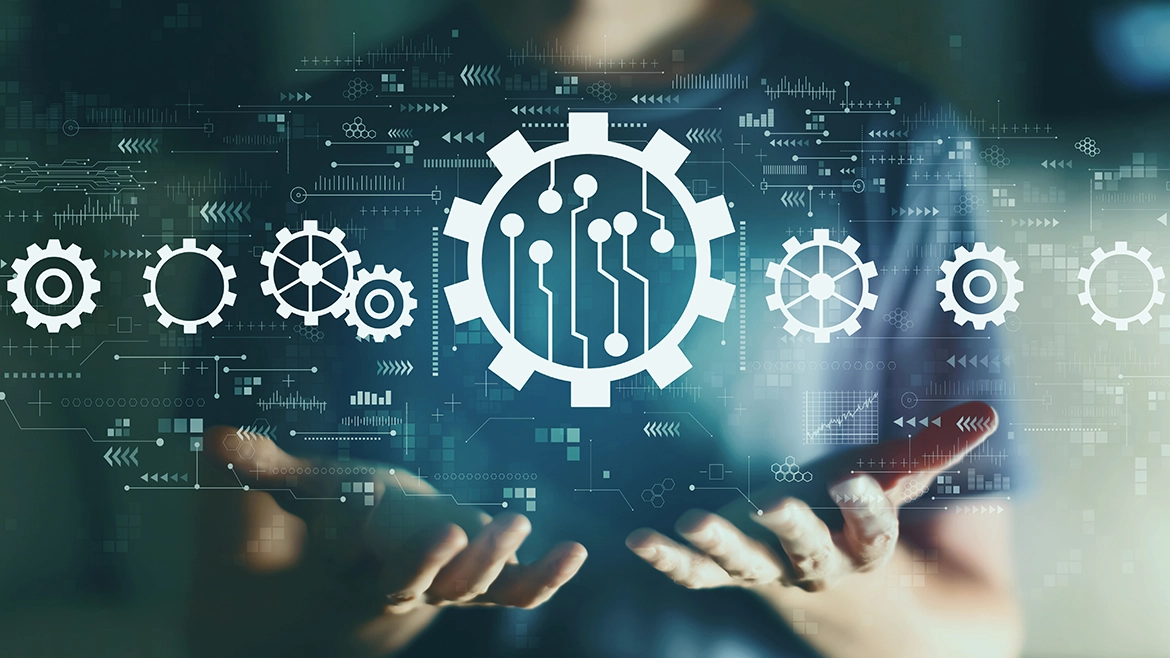Table of Contents
From Static to Self-Aware
Remember when buying a product meant buying a finished thing?
A device that stayed the same from Day 1 to Day 1,000?
Those days are fading.
We’re entering an era where products don’t just perform,
They evolve.
They monitor how they’re used, learn from behavior, adapt their capabilities, and sometimes, rewrite themselves entirely.
This is no longer about version updates.
It’s about living systems, software, hardware, even physical products, that grow with the user.
What Makes a Product “Self-Evolving”?
For decades, we’ve shaped our interactions around input: keyboards, touchscreens, voice commands. But each layer of input creates friction, it demands attention, dexterity, and often, distraction.
Zero-input interfaces aim to erase that.
Imagine adjusting the volume of your headphones with a thought. Navigating through an app using just eye movement. Opening a door, changing a slide, or sending a message, all without lifting a finger or saying a word. This isn’t just about convenience. It’s about creating interfaces that are deeply human, responding at the speed of thought, not reaction.
How It Works: Reading the Invisible
At its core, self-evolving tech uses a mix of:
- Machine learning: to understand patterns in user behavior, environment, or system usage.
- Edge computing: to react locally, instantly, without cloud lag.
- Over-the-air (OTA) updates: to introduce features or fix flaws dynamically.
- Feedback loops: built-in intelligence that improves performance over time.
- It’s not just that they get better, it’s that they get smarter, faster, and more personal with every interaction.
Why It Matters: Beyond the Cool Factor
Sure, the idea of controlling a device with your mind sounds thrilling. But the potential goes far deeper:
- Accessibility: Zero-input tech could be life-changing for individuals with mobility or speech limitations, giving them seamless control over their environment.
- Immersion: In gaming, AR/VR, and spatial computing, thought-based controls promise unmatched fluidity and realism.
- Efficiency: In high-focus professions, air traffic control, surgery, data monitoring, reducing interaction steps means faster response and less cognitive overload.
When designed well, zero-input interfaces don’t just offer a new way to control machines. They offer a new way to partner with them.
Designing for the Invisible
But designing for “no input” is anything but simple.
What does UX look like when there’s no visible UI?
How do we ensure that a system responds only when we intend it to, not to every stray thought or passing emotion?
Where do we draw the line between assistance and intrusion?
These aren’t technical questions. They’re human ones. They demand designers who understand cognition, ethical boundaries, and subtlety, not just pixels and gestures.
The Future Is Less Interface, More Intuition
As technology becomes more embedded in our lives, the best interfaces may be the ones we no longer notice.
Zero-input products promise a world where devices anticipate need, respond to intent, and vanish into the background, leaving us free to focus, create, and connect without friction.
The endgame isn’t hands-free.
It’s mind-first.


